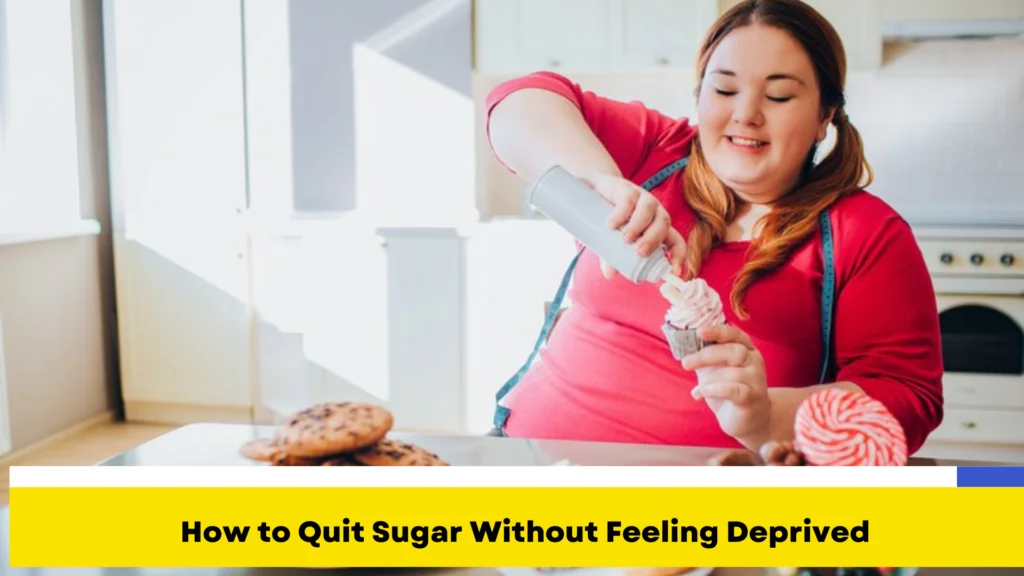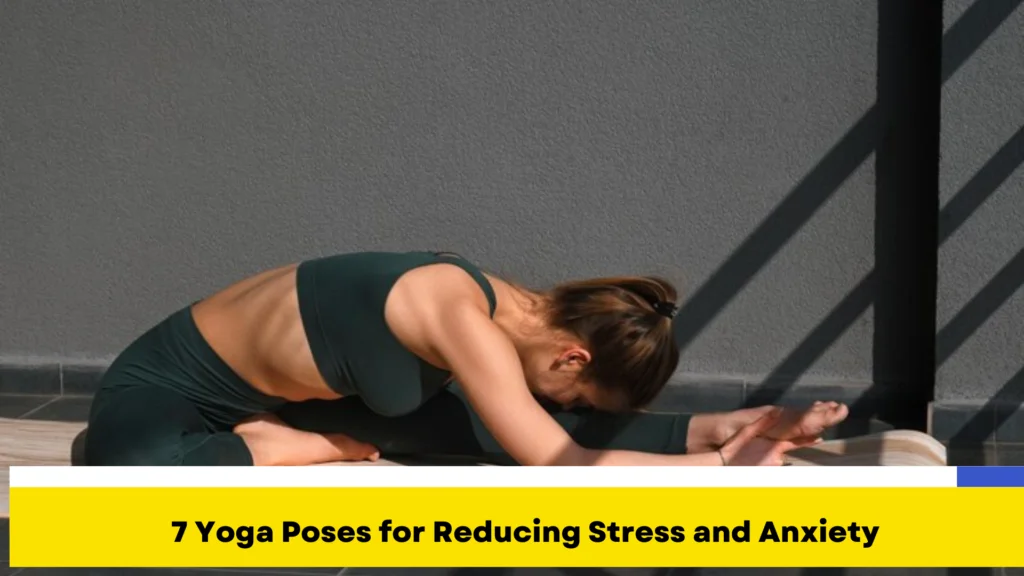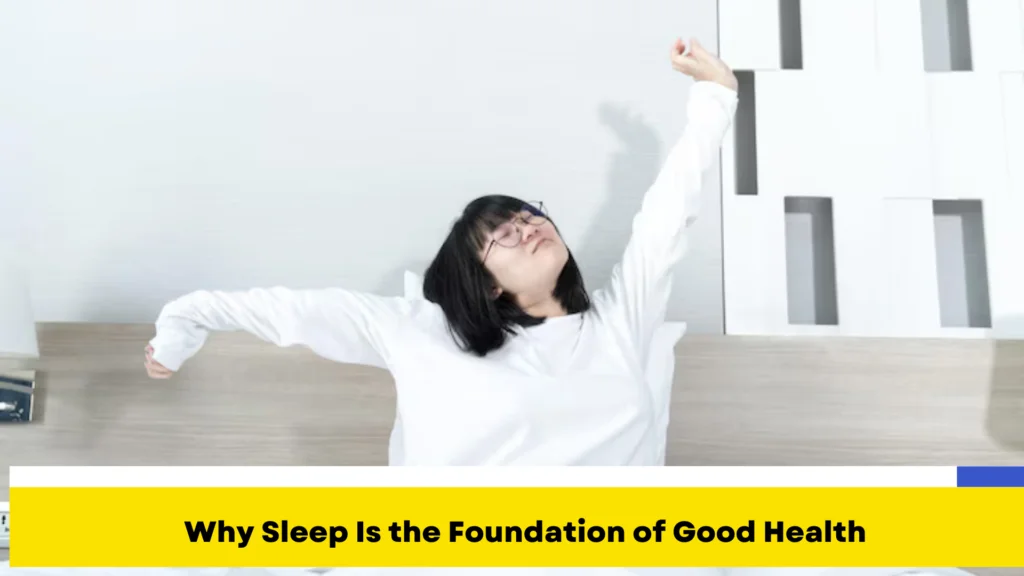Not feeling good about yourself can be a daunting thought, but not having a solution can be even worse. This can affect your thoughts, feelings, and behaviors, even if you don’t truly understand what’s causing it. It can have a profound effect on you and those around you. Therefore, below, we’ll share an approach suggested by our mental health experts to help you cope with negative feelings. We’ll share ideas on how you can recognize when your mental health is suffering, what you can do about it, and how you create resilience to overcome life’s challenges.
Mental health and emotional well-being allow us to feel good about ourselves, be resilient to life’s ups and downs, and effectively navigate new or different experiences. Having your own mental health first aid kit can be helpful in maintaining a good emotional state. Everyone is different; Good mental health isn’t the same for everyone, and we all go in and out of different mental/emotional states all the time, so our mental health is constantly changing. Determining what good mental health feels and looks like for you is a good place to start, as it allows you to monitor yourself and recognize when your mental health is starting to suffer.
What is a mental health emergency kit?

So, what does good mental health mean to you What thoughts, feelings, and behaviors should be present? Define them in as much detail as possible. Being able to tune into the low-level changes in your thoughts, feelings, and behaviors will allow you to recognize when your mental health might be suffering. The more you can develop your ability to recognize them, the more you can begin to take steps to prevent them from becoming all you consume. Life constantly presents us with obstacles and challenges, and while we can manage them to a certain extent, we can’t always handle everything at once.
Think of it like a glass of water. You can fill it to a certain level and you’ll be fine. Fill it to capacity and it will spill over. Fill it further and it will overflow onto the surface. Once you can spot the early signs, monitor how full your glass is. If it starts to get too full, it’s a sign you need to empty some of its contents. For others, a change in our mental health might have less to do with volume and more with specific triggers. Identifying these can help you avoid or minimize your exposure to them. What are your triggers? Are there specific things causing your mental health to suffer.
What is included in a mental health emergency kit?

Sometimes, we don’t really know what has caused a change in our mental health and we simply know that we’re not feeling well. In these situations, it can be helpful to take the time to organize the thoughts in your head. Very often, stress, anxiety, or the overwhelm of everything can make it difficult to think clearly, so spending time figuring out what’s causing those thoughts, feelings, or behaviors will be incredibly beneficial. Journaling is a great way to keep track of this; Simply jot down thoughts as they occur to you. You’ll be surprised how much you can learn about yourself and your stressors!
This will be different for everyone, so it’s important to define what works for you. Here are some ideas: go for a walk or implement an exercise routine; connect with others, either to talk or participate in an activity; practice mindfulness; create a daily gratitude list or daily positive affirmations; spend time reading, cooking, pursuing a hobby, or completing a puzzle. This is because when we don’t experience these needs enough, our bodies send out a signal that our survival is at stake, and we enter a state of desperation. Our subconscious will do anything to ensure these needs are met, even if it’s through unhelpful behavior rather than positive ones.
Anything else I should know?

So, how do we ensure our emotional needs stay met? Ask yourself the following questions: Once you have your list of activities, you can look for ways to incorporate the good things into your daily routine and avoid or minimize the things that threaten your needs. Try to avoid quick fixes like turning to food, as they pass quickly and the good feelings don’t last. Sometimes it’s not possible to manage our mental health on our own, and that’s when we need to seek additional support. But for some people, this can be difficult to admit. What we show on the outside is often not a reflection of how we feel. Imagine a first aid kit.
It’s easy to make, right It’s a small box with bandages, disinfectant, pain medication, etc. These kits are great for treating minor scrapes and sprains. And while they typically can’t be used to treat more serious injuries, they can be helpful until we can get the help we need. A mental health emergency kit works the same way, but for your emotions, and it can be key to getting through tough times. In a nutshell, a mental health emergency kit is a first aid kit for your emotions and moods. It’s a list of trusted resources, items, and people you can turn to when you notice a bad mood coming on or when a stressor threatens to ruin your day.
Conclusion

Whether you’re going through something intense, like a breakup, or just having a bad day, a mental health emergency kit can help you deal with all the complicated feelings that arise, says therapist Sarah Dolling, a Licensed Professional Counselor (LPC). The tools in your kit may not turn your pain, sadness, or anything else you’re feeling into joy, but they can prevent you from feeling worse and help you maintain a sense of control. You probably already have some tools in your kit, whether you think of them that way or not. Think about the last time you faced a difficult day. Did you put on some music Watch one of your favorite TV shows Call or visit a friend These are all tools in your kit.
Your kit is unique to you, but there are some standard guidelines that can help you create it. To start, choose at least one item for each of the following categories. First aid kits include both bandages and disinfectants, but the order in which we use them is important. For example, if we scrape our knee and bandage it before washing it, it could become infected and take longer to heal. Mental health can work the same way, so think of your calming item as a disinfectant. It’s best to try using it first, rather than directly seeking a distraction, so you don’t miss the opportunity to do something healthy before your recovery.



